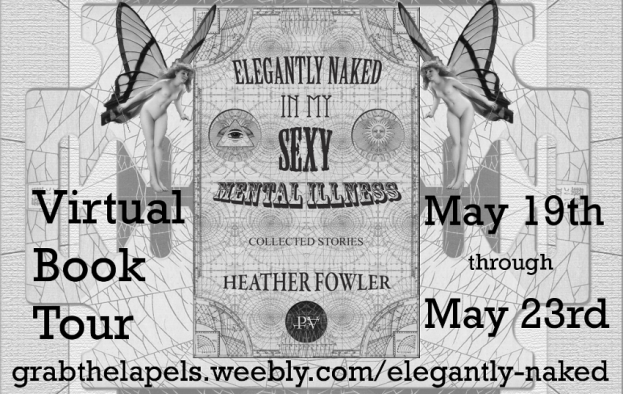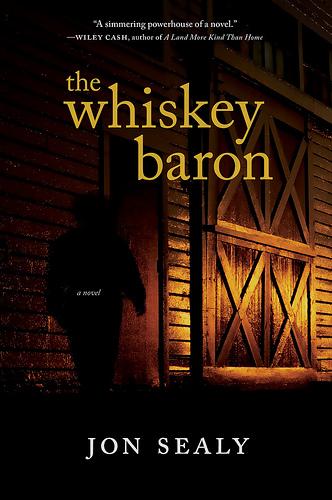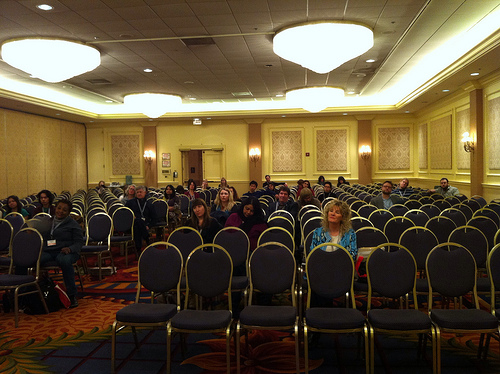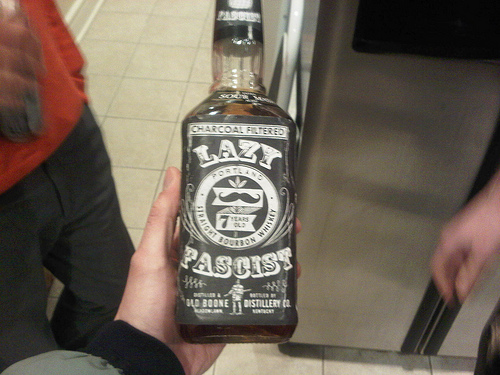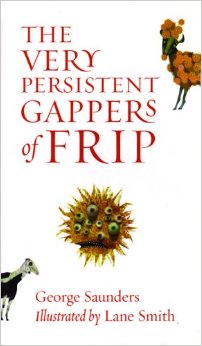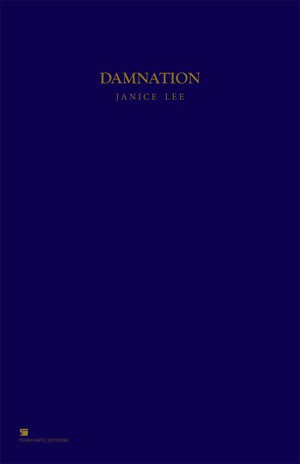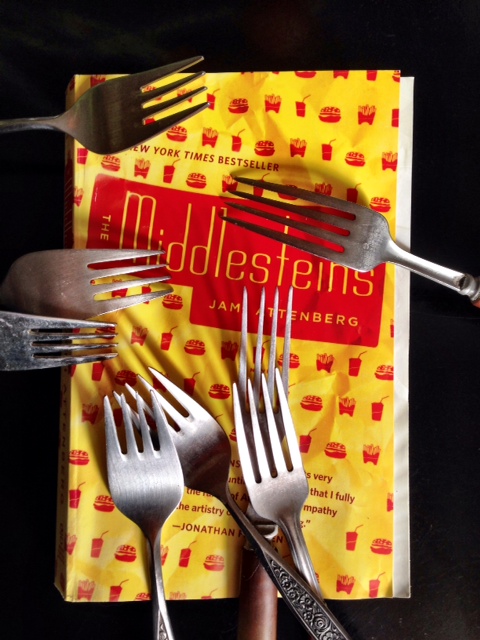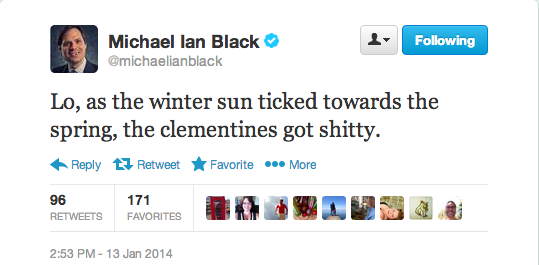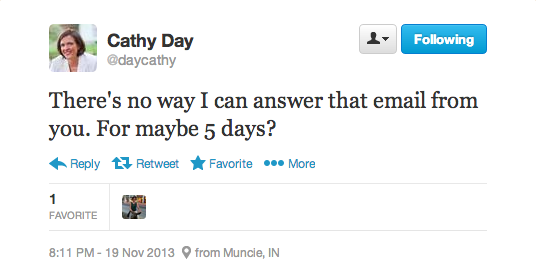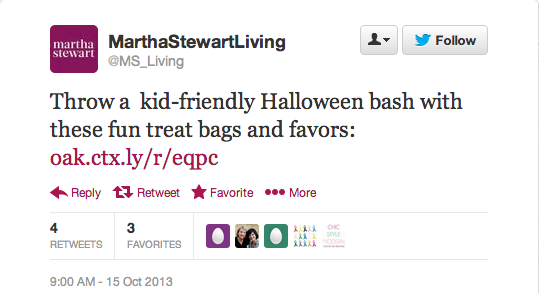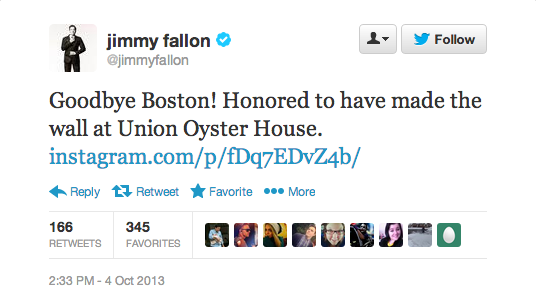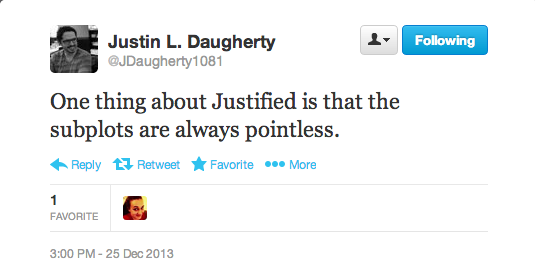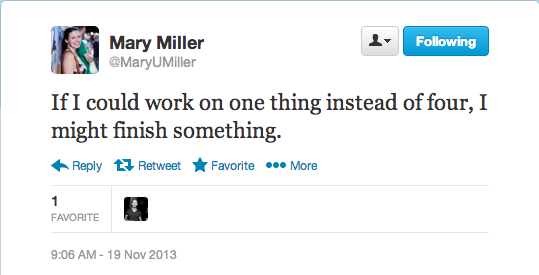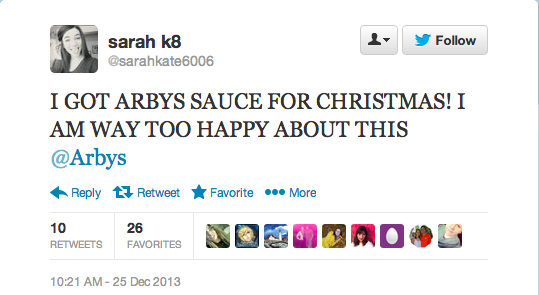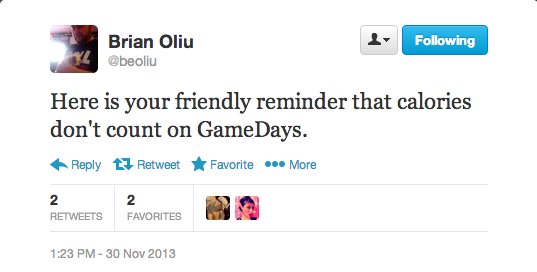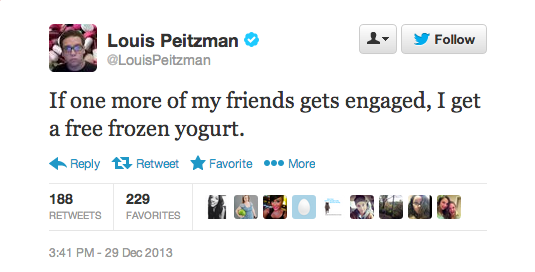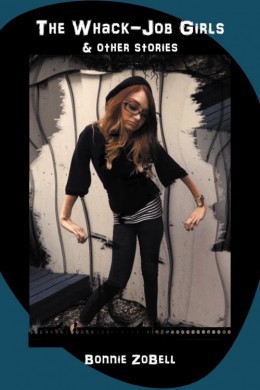Heather is here as a stop on her Virtual Blog Tour to answer interview questions regarding how she generates her wildly different stories and the role of multiple influences in her newest work. Also here in this post is an audio reading of a story set during the French revolution.
***
As an author, you create work that is both highly modern in its sensibilities and also work that has historical influences. Can you tell us what factors impact a desire to write in both realms?
Every piece of work has historical influences. For me, it simply matters whether the history is personal or a history with reading. In the latest collection, for example, there are pieces set in the French Revolution and during the time of the Italian bubonic plague. There is another story set in what I would imagine to be the1920s. These stories were driven by reading of texts that came from their time frame, literary readings. The plague piece, for example, “Mother’s Angels,” began as an inquiry into the first historical use of the marking of Jews with the fabric badges—the persecution of the Jews in Nazi Germany, and my readings done as research into how this “marking” phenomenon began. To discover that the same sort of persecution happened in the 1300s was fascinating, and I began to read all I could find on the Catholic/Jew relations during those times and circumstances, including how both the plague itself and the instances of floods, referenced in the piece, came to be blamed on Jews by anti-Semites, partially out of the sort of paranoia mass deaths caused but also out of an ugly desire for vengeance or the acquisition of wealth. Even the politician in the piece was lifted directly from historical documents. The relationship between the mother and daughter, however, was purely my imagination. Continue reading
![[PANK]](https://pankmagazine.com/wp-content/themes/pank/assets/images/pank-logo-large.png)

